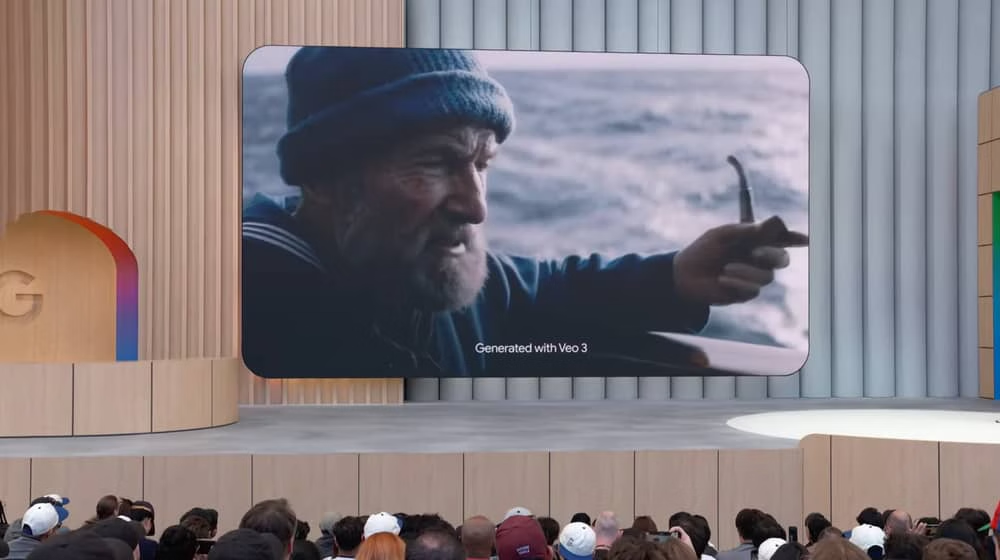Google has launched Veo 3, an advanced AI video generation tool that not only produces visuals but also synchronized audio, distinguishing it from competitors like OpenAI’s Sora. Announced on Tuesday, this launch represents a major step forward in Google’s generative AI initiatives, particularly as the demand for multimedia AI solutions continues to grow.
Veo 3’s Capabilities and Availability
Veo 3 allows users to create videos from text and image prompts, while also integrating detailed audio elements such as human dialogue and animal sounds. Eli Collins, VP of Product at Google DeepMind, emphasized the tool’s capability to manage realistic physics and precise lip syncing.
Currently, Veo 3 is available to U.S. subscribers of Google’s new Ultra subscription plan, which costs $249.99 per month, as well as to enterprise users via the Vertex AI platform, with plans for a broader rollout soon.
Imagen 4

Alongside Veo 3, Google has also unveiled Imagen 4, an enhanced image generation model aimed at delivering superior visuals based on user prompts. Additionally, the company introduced Flow, a filmmaking tool that enables users to create cinematic sequences by describing shots, settings, and styles, accessible through Google services like Gemini, Whisk, Vertex AI, and Workspace.
AI Competition and Challenges
This announcement arrives amidst increasing competition in the AI media sector, as OpenAI’s 4o model, capable of generating images through ChatGPT, gained such popularity earlier this year that it overwhelmed the company’s computing resources. Meanwhile, Google’s earlier AI image tool, Imagen 3, encountered criticism for historical inaccuracies, leading to its relaunch.
To strengthen its offerings, Google has also upgraded Veo 2, now allowing users to edit videos by adding or removing objects using text commands. In the music domain, Google is introducing its Lyria 2 audio generation model to YouTube Shorts creators and enterprise users through Vertex AI.
For more daily updates, please visit our News Section.

